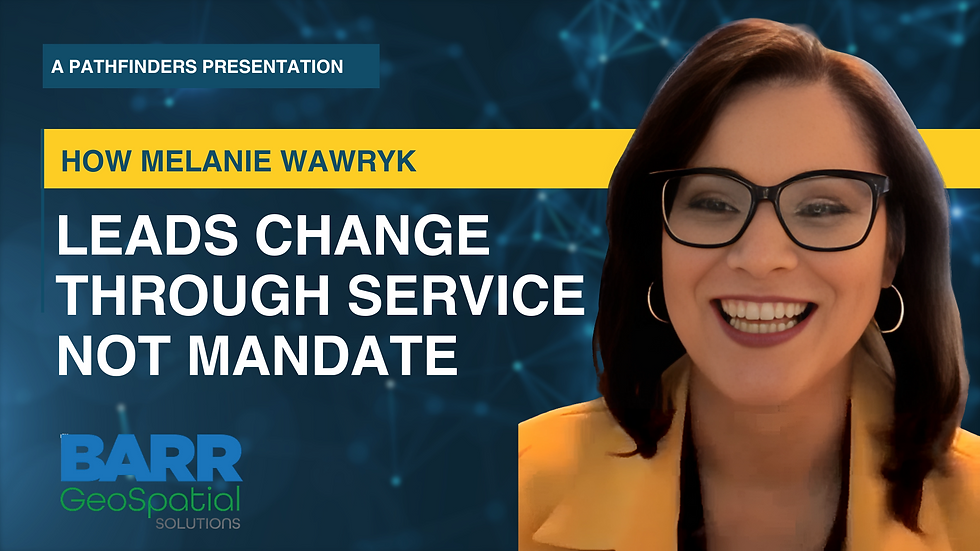Nik Smilovsky: Mapping the World and Finding Your Place in It
- Jeff Lamb

- May 15, 2024
- 2 min read
Updated: Aug 29
Nik Smilovsky’s journey into GIS didn’t start with a job title or a college major. It began in his grandmother’s den, staring at a map of Middle Earth. “I was just totally engrossed,” he recalled. “My mind would go crazy, and I would draw all these fantasy maps and treasure maps.” From Tolkien’s legends to real-world cartography, that childhood fascination with maps became a lifelong calling.
His path into Geographic Information Systems (GIS) wasn’t straight. He studied history and anthropology, drawn to the past. But it was in archaeology—mapping ancient river settlements in Italy—that he found the bridge between history and high-tech mapping.
“That was a life-changing moment,” he said. “I ran a total station and their GIS, and I never looked back.”
Today, Nik wears two hats: educator at Arizona State University and geospatial evangelist at Bad Elf, a GPS tech company. His enthusiasm is contagious. “I don’t just drink the GIS Kool-Aid—I swim in it,” he said. “Our brains are literally living GIS. Our eyes are remote sensing devices. Mapping is part of us.”
But it’s not just about the technology. For Nik, GIS is a way to make the world better. Whether it’s helping city planners build equitable parks or training the next generation of spatial thinkers, he sees purpose in every pixel.
“There’s this underlying mission in GIS,” he said. “Everyone you meet seems to want to do something—to make something better.”
That idealism is grounded in real-world grit. When COVID hit, he taught students learning GIS on cell phones from crowded apartments. “It was humbling,” he said. “Some students had $5,000 gaming computers. Others had nothing. How do you teach a technology equally across the board?” Those inequities made him rethink what it means to be a teacher—and how GIS can be a great equalizer.
Over the years, Nik has learned the power of letting go. “I’m not the technical genius I used to be,” he admitted.
“I’ve had to accept that I can’t be the best at everything. But I can be the guy who inspires others to be great.”
Whether it’s simplifying a complex projection system or just cheering someone on, his focus has shifted to empowering others.
And that might be his true map: one that doesn’t just chart data, but guides people to their own potential.







Comments